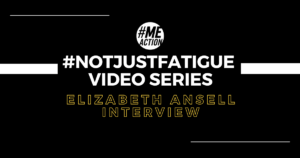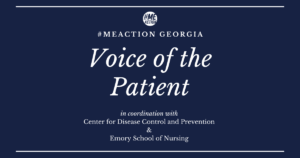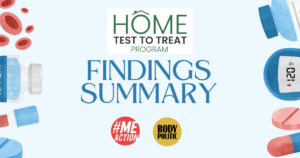Yesterday, the U.S. National Institutes of Health (NIH) published a report of the NANDS Council Working Group for ME/CFS research. #MEAction’s NIH Committee (comprised of staff and volunteers) will take time to thoroughly review this report’s recommendations and issue a full response to the NIH.
Read the NANDS report.
In the meantime, we want to share a few preliminary thoughts:
First, there are positive aspects to this report. It covers a broad range of issues that have been called out in previous reports, including:
- the 2011 State of Knowledge Report,
- the 2015 Pathways to Prevention Report, and
- 2003-2018 CFSAC recommendations.
It recommends the creation of:
- a strategic plan to address the range of issues
- a stakeholder group that includes advocacy organizations.
However, on a first pass, the strategies proposed to address the problems in this field are weak. The recommendations appear to lack the level of urgency, specific timeline, and institutional commitment commensurate with the burden of disease and the breadth of problems that have arisen from 30 years of misdirection and neglect. Specifically:
- The report lacks a plan to deliver outcomes that matter to patients as quickly as possible, such as biomarkers and treatment trials.
- It also appears to lack recommendations to provide ME/CFS-specific funding opportunities with set-aside funding, which are critically needed to rapidly overcome the scarcity of interest within the research community.
- It lacks recommendations to address the research case definition in the short term, a problem which has confounded research for decades.
- Lastly, it lacks meaningful recommendations to address the dearth of clinicians. While NIH’s focus is research not clinical care, this problem will throttle NIH’s efforts to expand research if it does not partner with other federal agencies to address this issue.
Each year, thousands more Americans will receive their diagnosis without any better access to treatment or care than those who became ill in the 1980s. While we see movement in this report, we see no clear evidence that this situation will change anytime soon. This is not enough. We must do better for people with ME.
You can download the full report from the NANDS working group here.







1 thought on “NIH Working Group Releases Report on ME”
Thanks for the information. I hope I can get home in time to attend and call in. Yes, this is CRITICAL!
Comments are closed.